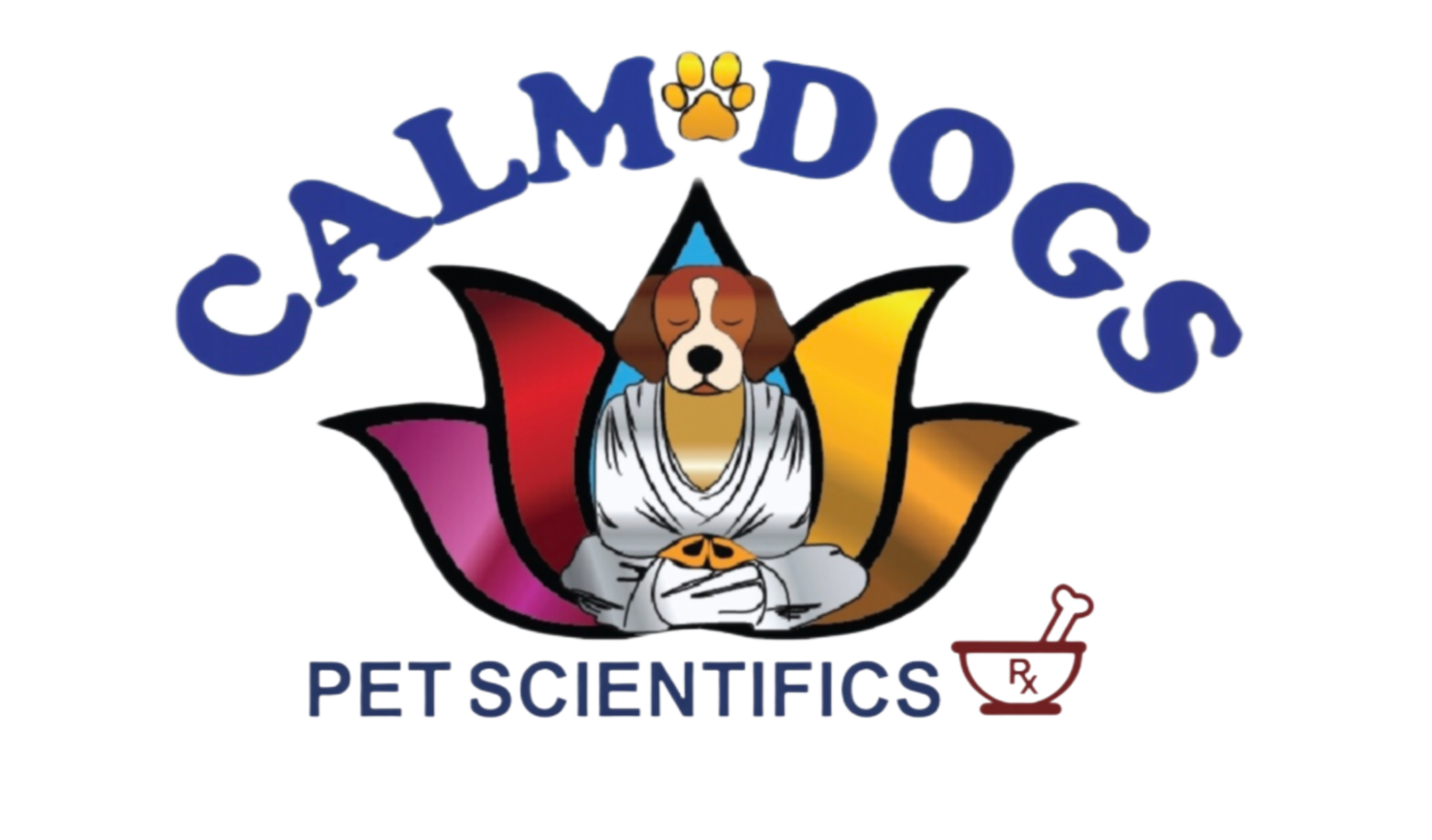No products in the cart.
Anxiety Pills For Dogs, Canine Anxiety, Dog Anxiety, Dog Anxiety Suppliments, Dog Anxiety Treatments, Dog Health, Pet Care Tips
The Benefits of Ashwagandha, Lemon Balm, and Valerian Root Extract on Canine Anxiety
The Benefits of Ashwagandha, Lemon Balm, and Valerian Root Extract on Canine Anxiety
Introduction
Canine anxiety, a common concern among pet guardians, can significantly impact the behavior and quality of life of dogs. In the quest for natural and effective treatments, the use of herbs such as Ashwagandha, Lemon Balm, and Valerian Root Extract has come to the forefront. These herbs, traditionally used in human medicine for their calming properties, are now being considered for similar benefits in canines. This article provides a detailed exploration of these herbs, their historical use, scientific research supporting their efficacy, and their incorporation into “CALM DOGS,” a dog anxiety calming aid.
Ashwagandha: Ancient Herb, Modern Canine Applications
Historical Background
Ashwagandha, or Withania somnifera, holds a revered place in Ayurvedic medicine, with a rich history spanning over 3,000 years. It’s known as an adaptogen, a substance that helps the body adapt to stress and exerts a normalizing effect upon bodily processes (Singh et al., 2011).
Scientific Research and Efficacy in Canines
Recent studies, such as those by Bhattacharya and Muruganandam (2003), have begun exploring the effects of Ashwagandha on animals. These studies indicate a reduction in cortisol levels, suggesting its potential in easing anxiety and stress-related behaviors in dogs. Moreover, a study by Kulkarni and Dhir (2008) showed its anxiolytic (anxiety-reducing) effects, making it a candidate for managing canine anxiety.
Lemon Balm: A Gentle Nerve Tonic for Dogs with Anxiety
Historical Background
Known scientifically as Melissa officinalis, Lemon Balm has been used since the Middle Ages. It was known for its ability to ease anxiety, improve sleep, and even enhance cognitive function (Kennedy et al., 2003).
Scientific Research and Efficacy in Canines
Research on Lemon Balm in dogs is emerging, but its impact on humans may offer insights. For instance, a study by Cases et al. (2011) highlighted its ability to modulate GABA receptors in the brain, crucial for managing nervousness and promoting relaxation.
Valerian Root: A Time-Honored Relaxant for Dogs
Historical Background
Valerian Root, derived from Valeriana officinalis, has a history of use dating back to ancient Greece and Rome. It’s known for its sedative and anxiolytic effects, traditionally used for insomnia and nervous anxiety (Houghton, 1988).
Scientific Research and Efficacy in Canines
Valerian Root has shown potential in managing hyperactivity, anxiety, and stress in dogs. A study by Müller and Klement (2006) supported its use in reducing stress-related behavior in canines, primarily through its action on the GABA system.
CALM DOGS: Combining Herbal Supplement for Dog Anxiety Wisdom with Canine Care
Composition and Benefits
CALM DOGS combines Ashwagandha, Lemon Balm, and Valerian Root Extract, among other ingredients, to create a holistic solution for canine anxiety. This formulation is based on the synergistic effects of these herbs, aiming to provide a comprehensive, natural approach to anxiety management in dogs.
Usage and Considerations
It’s important for pet guardians to consult with a veterinary professional before using CALM DOGS or similar supplements. Understanding each dog’s unique health profile is crucial in determining the appropriate use and dosage.
The use of Ashwagandha, Lemon Balm, and Valerian Root Extract in managing canine anxiety represents an exciting convergence of traditional herbal practices and contemporary veterinary science. While further research is essential, these herbs, as part of products like CALM DOGS, offer promising natural alternatives for enhancing the well-being of dogs experiencing anxiety.
References
- Singh, N., et al. (2011). An overview on ashwagandha: A Rasayana (rejuvenator) of Ayurveda. African Journal of Traditional, Complementary, and Alternative Medicines, 8(5S), 208-213.
- Bhattacharya, S. K., & Muruganandam, A. V. (2003). Adaptogenic activity of Withania somnifera: an experimental study using a rat model of chronic stress. Pharmacology Biochemistry and Behavior, 75(3), 547-555.
- Kulkarni, S. K., & Dhir, A. (2008). Withania somnifera: An Indian ginseng. Progress in Neuro-Psychopharmacology and Biological Psychiatry, 32(5), 1093-1105.
- Kennedy, D. O., et al. (2003

